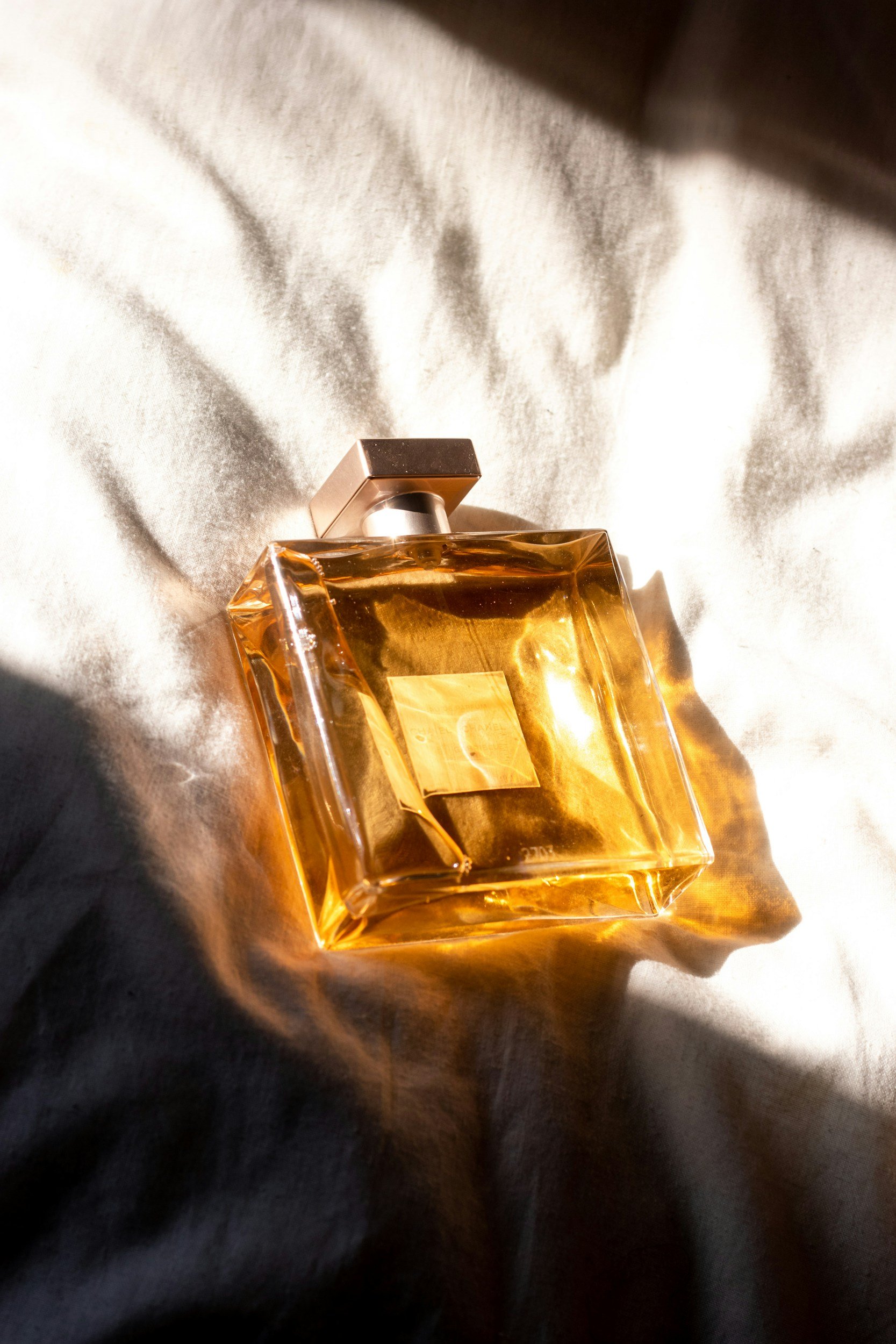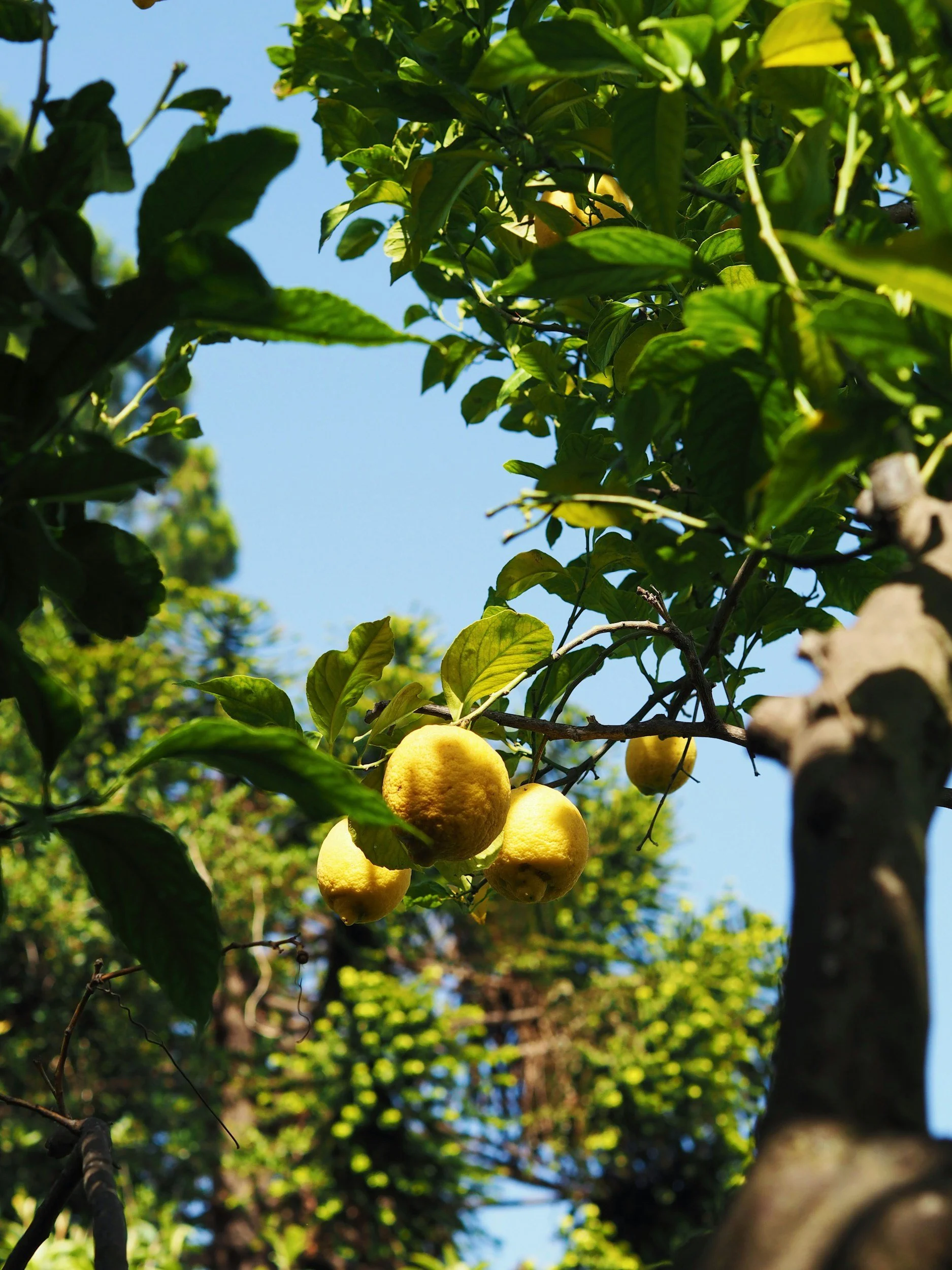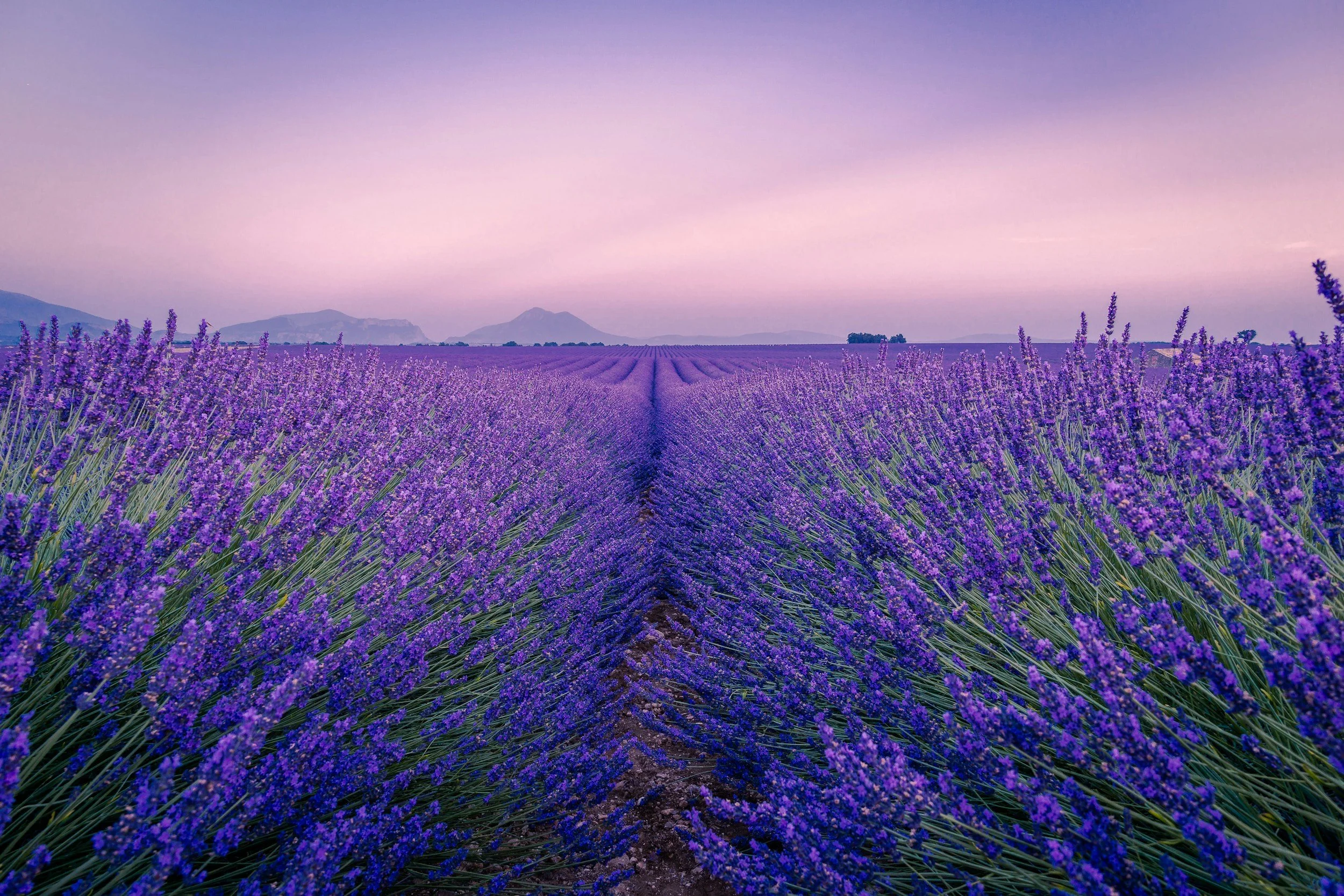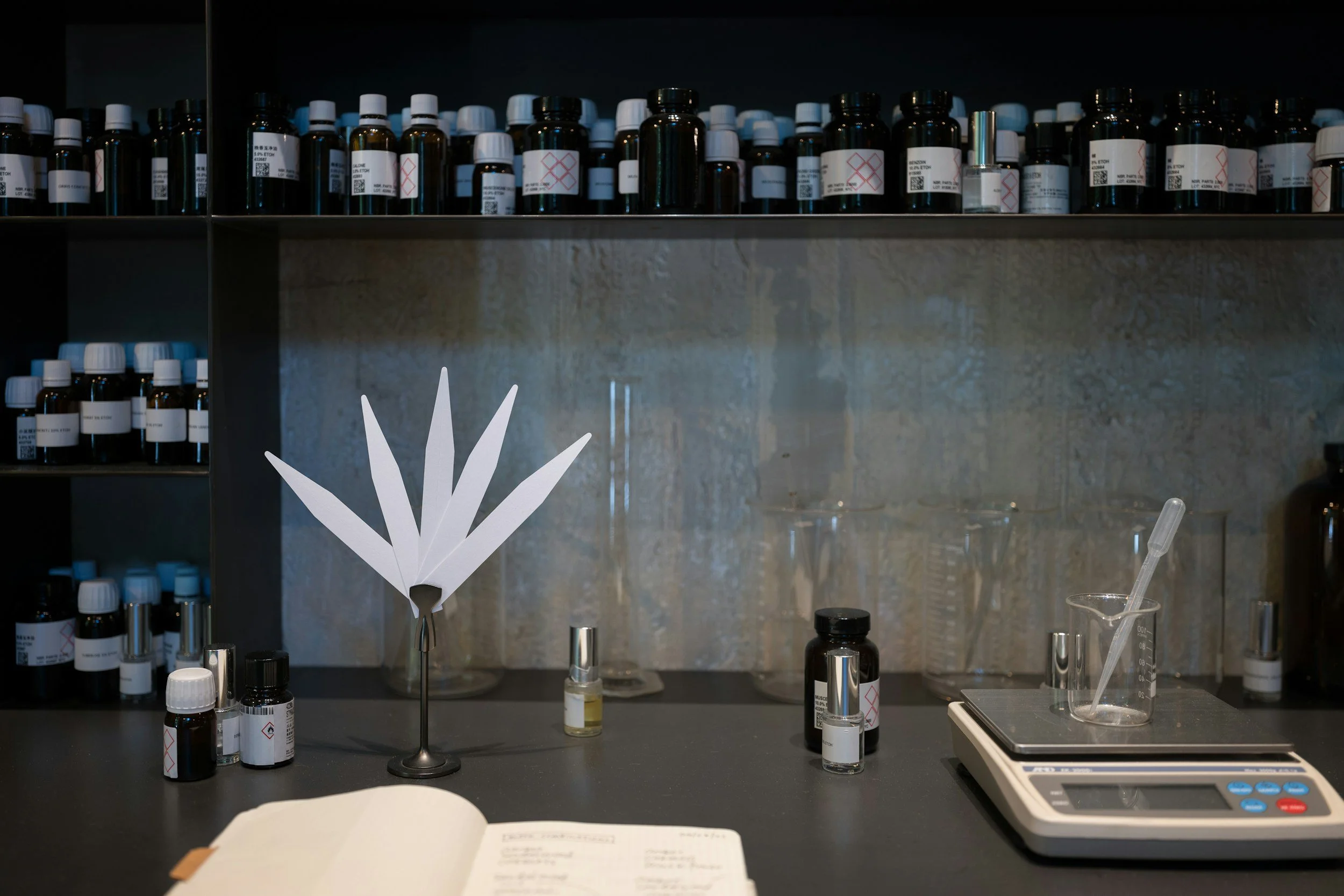The Art of Scent: Where Perfumery Ingredients Come From and How They’re Sourced
When you hold a bottle of perfume, you are holding centuries of craftsmanship, trade, and natural beauty distilled into a single moment.
Every drop carries a story of faraway fields, early morning harvests, and patient hands gathering materials from the earth.
At Parfum De Moi, we believe fragrance should feel personal, artful, and honest. That belief begins with understanding where our ingredients come from and how they are sourced. From sun-soaked lavender from the mountain tops of New Zealand to warm sandalwood from India, each essence has a story before it ever reaches your skin.
A Brief History of Perfumery’s Global Origins
Perfumery is one of the oldest art forms in human history. The first perfumers were not companies but priests, herbalists, and artisans. Ancient Egyptians used resins like frankincense and myrrh in rituals, while Greek and Roman apothecaries distilled flowers and spices into oils for beauty and ceremony.
As trade routes expanded, so did the palette of perfumery. The Silk Road carried exotic spices and flowers from Asia to Europe. In the 17th century, the French region of Grasse began cultivating jasmine, rose, and tuberose for royal courts.
Even today, perfume ingredients are a global tapestry of cultures and climates. Whether harvested from tropical forests or European meadows, every raw material carries a sense of place, tradition, and emotion.
Natural and Synthetic Ingredients: A Modern Balance
When people think of perfume ingredients, they often imagine endless gardens and blooming fields. While many materials do come from nature, modern perfumery also relies on synthetic molecules that protect the environment and expand creative possibilities.
Natural ingredients like rose absolute, vanilla, or cedarwood oil are distilled directly from plants and flowers. However, not all natural materials can be harvested sustainably or ethically. Some are endangered or yield only small amounts of oil.
Synthetic ingredients help solve that problem. These lab-created molecules replicate the scent of natural materials that are rare, unstable, or impossible to extract. Lily of the valley, for example, cannot be distilled from its petals, so perfumers recreate its scent using safe synthetics.
At Parfum De Moi, we use both naturally derived and responsibly crafted synthetic ingredients, blending artistry with ethics to create fragrances that are luxurious and sustainable.
From Petals to Perfume: How Ingredients Are Extracted
Turning flowers and plants into perfume is both science and art. Each botanical holds its scent differently, some in petals, others in bark, resin, or roots.
1. Steam Distillation
Steam distillation is one of the oldest and most common methods. Steam passes through plant material, carrying aromatic compounds into a condenser where they separate into essential oil and hydrosol. This technique is often used for lavender, peppermint, and eucalyptus.
2. Cold Pressing
Used mainly for citrus fruits, cold pressing extracts oil directly from peels. This method produces bright and zesty notes like bergamot, lemon, and grapefruit.
3. Solvent Extraction
Delicate flowers such as jasmine and tuberose cannot handle high heat. They are soaked in a solvent that draws out their aromatic compounds. The result is a waxy substance called a concrete, which is refined into an absolute, one of the most concentrated and luxurious forms of fragrance.
4. CO₂ Extraction
This modern, eco-friendly technique uses pressurized carbon dioxide to pull out essential oils without heat damage. It preserves the true scent profile of delicate materials like vanilla beans and spices.
Each method requires patience, precision, and respect for the raw material. The result is a pure essence that captures the soul of a plant in liquid form.
Around the World in Fragrance: Iconic Ingredients and Their Origins
France – The Home of Grasse
Grasse has been the heart of perfumery for centuries. Its ideal climate supports the cultivation of rose de mai and jasmine sambac, two of the most prized flowers in the world. Each spring and summer, the air fills with their scent as harvesters handpick blooms before sunrise to preserve their fragrance.
India – Jasmine, Sandalwood, and Spice
India’s rich botanical landscape has given perfumery some of its most cherished ingredients. Mysore sandalwood, known for its creamy, warm aroma, was once endangered but is now being sustainably replanted. The country also preserves the ancient craft of attar making, which distills flowers into sandalwood oil.
Madagascar – Vanilla and Ylang-Ylang
Madagascar produces some of the finest vanilla beans in the world, known for their deep, sweet warmth. The nearby Comoros Islands cultivate ylang-ylang, a yellow flower that adds a sensual, tropical note to many luxury perfumes.
Italy – Citrus Coastlines
Italy’s coastal groves give the perfume world its most uplifting notes. From Calabria comes bergamot, a citrus essential oil that forms the heart of countless classic fragrances. The country also produces lemon and orange blossom, both used in light, elegant compositions.
The Middle East – Resins and Woods
Perfume holds ancient significance across the Middle East. Frankincense, myrrh, and oud (also called agarwood) are sacred materials used for centuries in incense and personal scent. Their smoky, resinous qualities remain essential to modern perfumery.
Australia – A Modern Model of Sustainability
As demand for sandalwood rose, Australia developed a sustainable sandalwood industry to protect the endangered Mysore species. These plantations are carefully managed, emphasizing biodiversity and respect for Indigenous land stewardship.
Sustainability and Ethics in Modern Perfumery
True luxury comes from integrity. The future of fragrance lies in transparency and sustainability, values that guide every decision at Parfum De Moi.
We work only with trusted suppliers who prioritize ethical harvesting, fair wages, and traceability. Ingredients like vanilla and sandalwood are grown through partnerships that protect both ecosystems and communities.
Sustainable perfumery is not just about avoiding harm; it is about creating a cycle of respect. When a rose farmer in Grasse or a vanilla grower in Madagascar is supported fairly, the entire industry thrives.
Why Ingredient Origins Matter
When you wear perfume, you connect with living history. You are breathing in lavender that once grew beneath the Provençal sun or vetiver that took years to mature in Haitian soil.
Understanding where these materials come from helps us appreciate perfume as more than an accessory. It is an expression of culture, geography, and craftsmanship.
At Parfum De Moi, ingredient transparency is part of what makes fragrance personal. When you blend scents at our perfume bar, you are not only choosing notes, you are choosing stories. Every drop in a vial represents people, places, and natural beauty that traveled across the world to meet in your hands.
The Human Touch Behind Every Scent
Behind every ingredient is a community of growers and artisans.
In Grasse, jasmine pickers work before dawn to capture the flower’s most potent aroma. In Madagascar, farmers spend months curing vanilla pods in the sun, turning green beans into dark, aromatic treasures.
These crafts are often passed down through generations. Supporting sustainable sourcing means ensuring these traditions continue and that the hands responsible for your perfume are treated with dignity.
Modern Innovation: Where Nature Meets Science
While we honor tradition, innovation has become an essential part of responsible perfumery. Advances in green chemistry and biotechnology allow us to recreate natural scents without depleting resources.
Lab-created musk now replaces the animal-derived versions once used in early perfumery. Biotech vanilla replicates the sweetness of the real bean with less environmental impact. These innovations empower small, independent perfumers like us to craft with conscience and creativity.
Our Philosophy at Parfum De Moi
Perfume should feel personal, intentional, and rooted in respect. That philosophy shapes everything we do at Parfum De Moi. We hand-select every material, blending natural oils and high-quality synthetic notes to create scents that are beautiful, clean, and long-lasting.
Each perfume is crafted in small batches using premium ingredients from trusted sources. Whether you are designing your own blend at one of our events or exploring our curated fragrances, you can trust that every drop has been chosen thoughtfully, with artistry and care.
From Source to Skin: The Journey of a Scent
Every fragrance begins as an idea, an emotion captured in scent. That idea comes to life through the work of farmers, distillers, and perfumers around the world.
From jasmine fields in France to your wrist in Utah, each ingredient tells a story of collaboration between nature and people. When you experience our perfume bar, you are part of that journey.
The next time you create your own fragrance, pause and take a breath. Inside that bottle is a story that began long before today, and it continues with you.
In Essence
Perfume is memory, emotion, and the earth itself, distilled into art.
It connects us to landscapes we may never visit but can always feel.
At Parfum De Moi, we are proud to bring those stories to life, one scent at a time.












